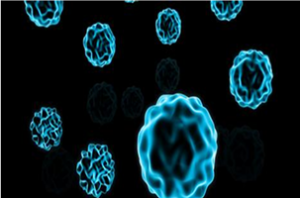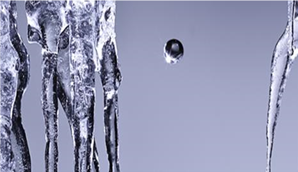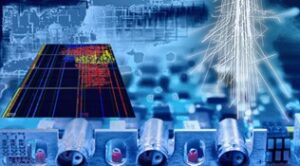By: Shibl Gill, December 2020
@NovelliGnovelli together with @DanieleLeodori, @RegioneLazio presented ISIS@MACH, the new Research Infrastructure at #unitorvergata, hub of @STFC_Matters @RutherfordApLab, @isisneutronmuon for experiments of multidisciplinary research to study the properties of composite materials at the nanoscale.
STFC’s @isisneutronmuon is celebrating the creation of its first overseas hub, ISIS@MACH. The collaboration with @unitorvergata will help scientists understand the properties of materials on the nanoscale.
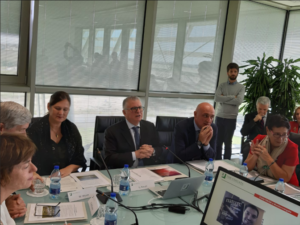
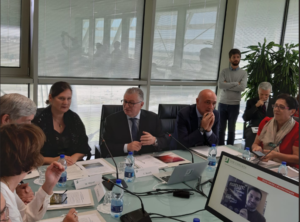
Research at ISIS pulsed neutron and muon source
|
(Credit: STFC) |
Drug delivery stays on target – A team from the University of Rome Tor Vergata (G. Paradossi, E. Chiessi, S. Ghugare, A. Mateescu and Mr. Sharad Pasale), working in collaboration with ISIS scientists (M. Telling and V. García Sakai), is using neutron scattering to study the efficacy of constructing such drug delivery vehicles from bio compatible polymers. In the future, injectable hydrogel balls could deliver anti-cancer drugs to target mutant cells, providing a healthier alternative to radiology. |
|
(Credit: STFC) |
Quantum effects explain similar melting points of light and heavy water – Water is vital to life and covers over 70% of the surface of the Earth. R. Senesi and G. Romanelli (ISIS UK) from the University of Rome Tor Vergata in Rome, said, “This is the first measurement of the O momentum distribution in H2O, made possible by the recent advances in Electron-volt Neutron Spectroscopy at ISIS.” |
|
(Credits: STFC) |
Testing the robustness of space electronics against more than 100,000 years’ worth of neutrons – “Neutrons on the moon are produced by spallation interaction of primary cosmic rays on materials, the same process as on the ISIS neutron source” says ChipIr Instrument Scientist Dr Carlo Cazzaniga. “Therefore ChipIr fast neutrons are representative of cosmic ray neutrons in space.” |

